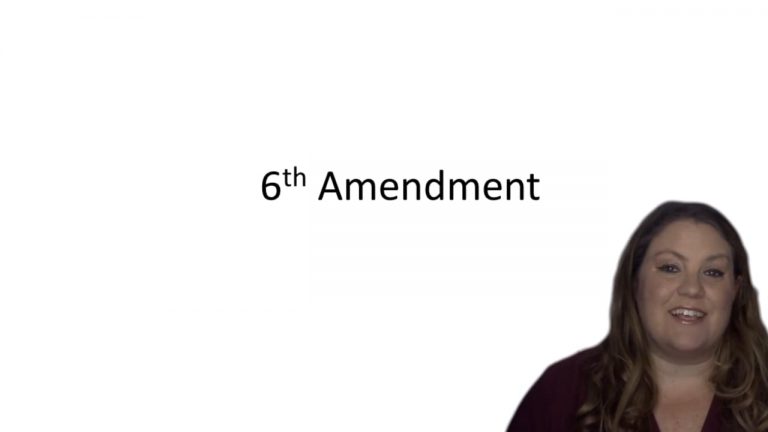SmartBrief
Confirm favorite deletion?
Criminal Procedure Keyed to Dressler
Maryland v. Craig
Citation:
497 U.S. 836, 110 S.Ct. 3157, 111 L.Ed.2d 666.Facts
In October 1986, the defendant was charged with multiple child abuse and sexual abuse charges. The victim for each count was a 6-year-old girl who had attended a preschool center owned and operated by the defendant.
Before the case went to trial, the prosecution sought to invoke a Maryland state law that permits a judge to receive, by one-way closed circuit television, the testimony of a child witness who is alleged to be a victim of child abuse. To invoke the procedure, the trial judge must first “determine that testimony by the child victim in the courtroom will result in the child suffering serious emotional distress such that the child cannot reasonably communicate.” Once the procedure is invoked, the child witness, prosecutor, and defense counsel withdraw to a separate room while the judge, jury, and defendant remain in the courtroom. The child witness is then examined and cross-examined in the separate room, while a video monitor records and displays the witness’ testimony to those in the courtroom. The witness cannot see the defendant. The defendant remains in electronic communication with defense counsel, and objections may be made and ruled on as if the witness were testifying in the courtroom.
The defendant was convicted. He argued that the one-way closed circuit television violated the Confrontation Clause of the Sixth Amendment. The Court of Appeals of Maryland reversed. The State appealed.
Only StudyBuddy Pro offers the complete Case Brief Anatomy*
Access the most important case brief elements for optimal case understanding.
*Case Brief Anatomy includes: Brief Prologue, Complete Case Brief, Brief Epilogue
- The Brief Prologue provides necessary case brief introductory information and includes:
Topic:
Identifies the topic of law and where this case fits within your course outline.Parties:
Identifies the cast of characters involved in the case.Procedural Posture & History:
Shares the case history with how lower courts have ruled on the matter.Case Key Terms, Acts, Doctrines, etc.:
A case specific Legal Term Dictionary.Case Doctrines, Acts, Statutes, Amendments and Treatises:
Identifies and Defines Legal Authority used in this case.
- The Case Brief is the complete case summarized and authored in the traditional Law School I.R.A.C. format. The Pro case brief includes:
Brief Facts:
A Synopsis of the Facts of the case.Rule of Law:
Identifies the Legal Principle the Court used in deciding the case.Facts:
What are the factual circumstances that gave rise to the civil or criminal case? What is the relationship of the Parties that are involved in the case.Issue(s):
Lists the Questions of Law that are raised by the Facts of the case.Holding:
Shares the Court's answer to the legal questions raised in the issue.Concurring / Dissenting Opinions:
Includes valuable concurring or dissenting opinions and their key points.Reasoning and Analysis:
Identifies the chain of argument(s) which led the judges to rule as they did.
- The Brief Prologue closes the case brief with important forward-looking discussion and includes:
Policy:
Identifies the Policy if any that has been established by the case.Court Direction:
Shares where the Court went from here for this case.
Topic Resources
Topic Outline
Topic Refresher Course
Topic Charts & Notes

 4m 2s
4m 2s